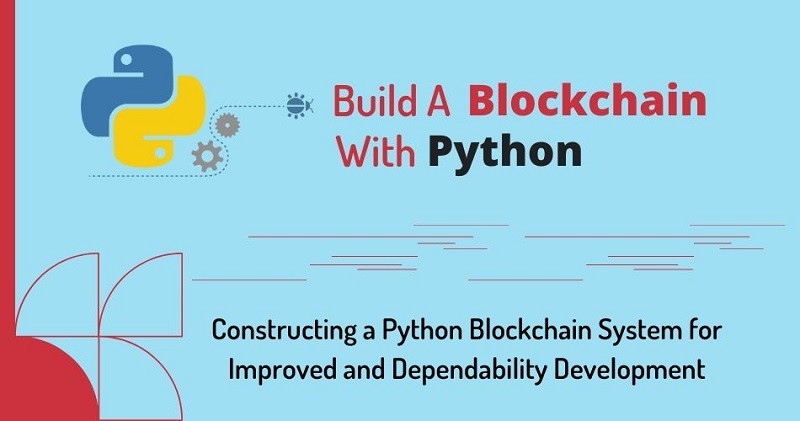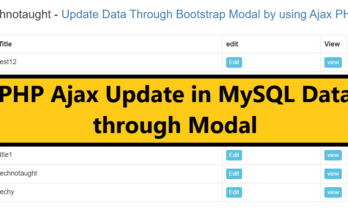Today we will see Constructing a Python Blockchain System for Improved and Dependability Development.

Python is one of the programming languages that is used the most often by data scientists, practitioners of machine learning, and researchers working on blockchain technology at Coinbase. Over the course of the past few years, we have seen a proliferation of Python applications that aim to address a variety of difficult issues pertaining to the world of cryptocurrencies. Some examples of these applications include machine learning programs, blockchain analytics instruments, and Airflow data pipelines.
Since the third quarter of 2022, it is shown that the number of apps written in Python has almost quadrupled. According to the data that we have accumulated internally, as of right now, there are around 1,500 data processing pipelines and services that have been created using Python software development services. At the time of this writing, there are around 500 new constructions being created each week across the board. As new Python-centric frameworks like Ray, Modin, DASK, and so on are integrated into our data ecosystem, we anticipate an even more widespread implementation of this technology.
Prior to the year 2021, the majority of Python projects were scattered over numerous repositories and lacked a common build infrastructure, which resulted in the following problems:
- Problems that might arise from sharing code include the fact that the procedure for an engineer to update a shared library was difficult. After modifications were made to the source code, those changes were uploaded to an internal PyPI server even before they were demonstrated to be more stable. If a library was updated to a new version but had not been subjected to sufficient testing, the dependee that consumed the library without a pinned version would see unexpected behavior as a result of the upgrade.
- Because the release process was not optimized, making changes to the code often required laborious cross-repository upgrades and releases. There was no automated process that could carry out the integration and staging tests for the modifications that were important. A large amount of engineering overhead was incurred as a result of the absence of unified observability and dependability.
- Inconsistent development experiences Due to the fact that each repository used its own method of virtual environment setup, code quality check, build, deployment, etc., the development experiences were quite different from one another.
Even if there is an increased need for Python developers, there is also an increase in the number of other positions that are becoming accessible. These roles range from research to operations to marketing and communications. Python software development services are capable of putting into action blockchain technology.
Read more: Fibonacci series in python program
Python is the best solution for many different platforms:
- Python is equipped with a wealth of libraries and tools that are ready to be used for the building of blockchains. Most of them may be downloaded from their respective official repositories. For example, the Hashlib library gives you the ability to employ a wide choice of safe hashing algorithms, which are key components of blockchains. I have previously spoken about Flask, which is a framework that simplifies the process of building APIs by enabling a large number of users to start transactions and produce blocks. It is necessary to have the Requests library in order to submit a request in order to construct a new transaction and add it to the block. Python also contains solutions that are specialized to ecosystems. For instance, Populus provides a strong environment for the construction of smart contracts on the Ethereum blockchain.
- Programming languages are placed under a significant amount of stress by blockchain technology. If you want to create a blockchain that is really of high quality, you need to make sure that the technology you choose is secure, scalable, and dependable, and that it can withstand significant amounts of traffic. Python meets these criteria in a number of different ways, and the Python community is constantly trying to improve its blockchain capabilities. The fact that this programming language is becoming more widespread contributes to the allure of using it as a platform for the development of blockchain applications. Python is the best choice if what we’re looking for is a universal programming language that can be used across a variety of different platforms.
- Given that everyone should be able to contribute to the chain even if the transactions cannot be processed in parallel, Python is a language that is both flexible and quick, which will be ideal for blockchain. Python is a programming language that gives developers the ability to construct a basic blockchain using less than 50 lines of code. Ethereum, Hyperledger Fabric, Steem, and NEO are just a few examples of the many prominent blockchains constructed using Python.
Read more: List & tuple & set & dictionary in Python



